
Gold ore CIP process (carbon leaching gold method) is a gold extraction process widely used in mineral processing plants. It involves dissolving gold from an ore or concentrate into a cyanide solution and then adsorbing the dissolved gold onto activated carbon. Subsequently, the activated carbon is separated from the slurry and the gold is desorbed from the activated carbon for further processing. The following will introduce the gold ore CIP process for you: it is mainly divided into crushing and grinding stage, leaching stage, adsorption stage, carbon separation stage, elution stage, electrowinning or precipitation stage.
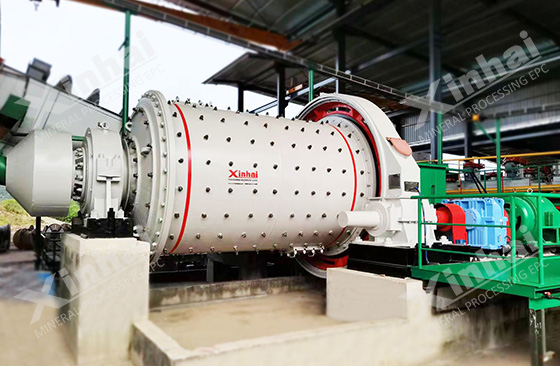
Crushing: The raw gold ore enters the crusher for coarse crushing, medium crushing or fine crushing to reduce the particle size and facilitate subsequent grinding operations. Commonly used equipment in the crushing process is: jaw crusher, cone crusher or impact crusher.
Grinding: The crushed gold ore is further sent to the grinding equipment to further refine the particle size and increase the surface area of the gold ore, which is beneficial to the dissolution and extraction of gold. Commonly used grinding equipment are ball mill and rod mill. The ore and steel balls or grinding rods are constantly rubbed and collided in the grinding machine to break and refine the ore particles.
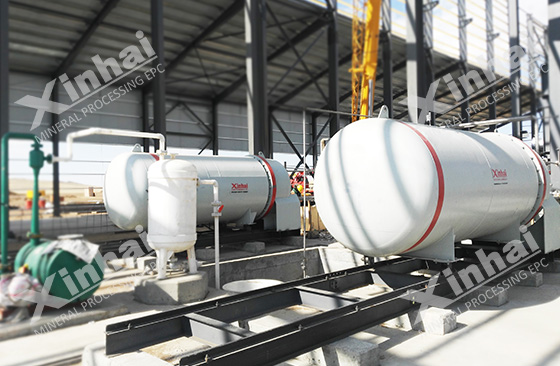
The leaching process of gold ore CIP (carbon leaching gold method) is as follows: the crushed and ground gold ore is mixed with the leaching solution in a circulation system composed of large leaching tanks. Mix the slurry evenly by stirring or injecting air bubbles. In the leaching tank, the leaching solution contacts and reacts with the gold in the gold ore to form a gold cyanide complex, which dissolves the gold onion ore. This leaching reaction needs to last for a certain period of time, which can be adjusted according to ore characteristics and gold taste. The leaching solution in the leaching tank can be recycled through the circulation system.
The slurry containing dissolved gold passes through an adsorption tank filled with activated carbon. Activated carbon has a high affinity for gold, adsorbing gold cyanide complexes onto its surface. The specific process is as follows:
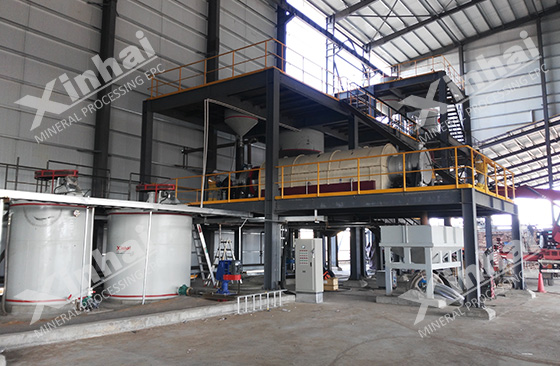
The gold cyanide complex slurry obtained from the leaching tanks enters a series of adsorption tanks filled with activated carbon. When the pulp flows through the activated carbon bed in the adsorption tank, the gold cyanide complex interacts with the adsorbable sites on the surface of the activated carbon, so that the gold ions are adsorbed on the activated carbon. This process is based on the high affinity and adsorption capacity of activated carbon for gold cyanide complexes. The pulp stays in the adsorption tank for a period of time to ensure sufficient gold adsorption. The adsorbed pulp continues to flow to the washing tank or washing tower, and the activated carbon is washed by detergent (such as water) to remove impurities and residual cyanide attached to its surface.
The adsorption process adopts a multi-slot flow mode, that is, flows from one adsorption tank to the next to maintain continuous adsorption operation. This ensures maximum utilization of the adsorption capacity of the activated carbon.
The gold-adsorbed slurry is separated from the activated carbon by methods such as sieving or filtering. The gold-containing activated carbon then enters the elution or desorption stage as follows:
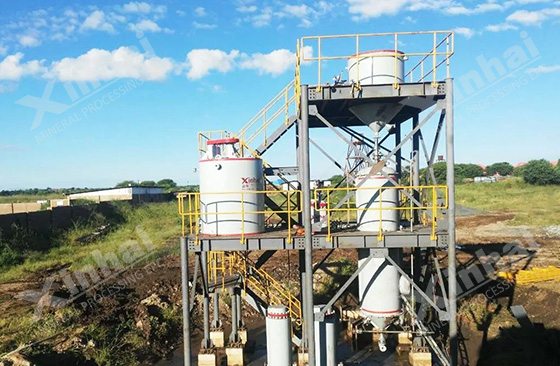
Remove the activated carbon containing the adsorbed gold from the adsorption tank. There may also be unadsorbed impurities and residual cyanide attached to the activated carbon. These impurities in the pulp are separated from the activated carbon by screening or filtering. This can be done by devices such as mechanical screening equipment or screens. Activated carbon containing adsorbed gold is sent to the desorption tank or desorption device. In the desorption tank, the gold is desorbed from the activated carbon by heating and/or using the flow of a desorbing agent such as an alkaline cyanide solution.
The desorbed activated carbon can be regenerated to restore its adsorption capacity. This can be done by washing, heating or chemical treatment. The regenerated activated carbon can be reused in the adsorption step to form a closed-loop circulation system.
The gold-containing activated carbon is washed with an alkaline cyanide solution (also known as an eluent) to desorb the gold from the activated carbon. In this way, a product solution containing desorbed gold is obtained. The process is as follows:
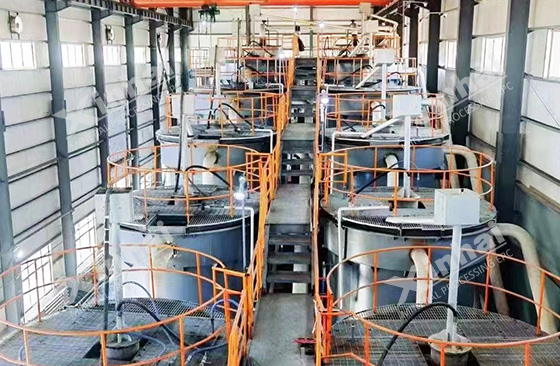
Before the gold-containing activated carbon enters the elution tank, the eluent is added into the tank and heated to improve the effect of the eluent. The activated carbon containing gold enters the eluent, and with the flow of the eluent, the gold leaves the activated carbon and dissolves into the eluent. Gold in the eluate needs to be collected. Typically, the eluate flows into a holding tank or collection system for further processing and gold recovery.
The eluent is introduced into the electrowinning tank or precipitation equipment with the addition of a suitable electrowinning solution or precipitant. In the electrowinning tank, gold ions are reduced to gold metal and deposited on the electrode (cathode) by energizing the electrolyte. In the precipitation equipment, the addition of the precipitating agent promotes the reaction of gold ions with the precipitating agent to form gold precipitates. In an electrowinning cell, gold is deposited on the cathode forming a metal mass that is periodically collected. In precipitation equipment, gold precipitates settle to the bottom of the vessel and can be separated by filtration or other separation methods.
Gold ore CIP process is a well-established gold extraction method that is widely adopted due to its high efficiency and relatively low operating costs. The conditions of this process operation and equipment selection are determined according to ore characteristics, processing scale and economic considerations. It is necessary to conduct mineral processing tests and process optimization to determine the appropriate operating parameters and gold mine CIP process equipment configuration.
To find out more about our products and solutions, please fill out the form below and one of our experts will get back to you shortly.